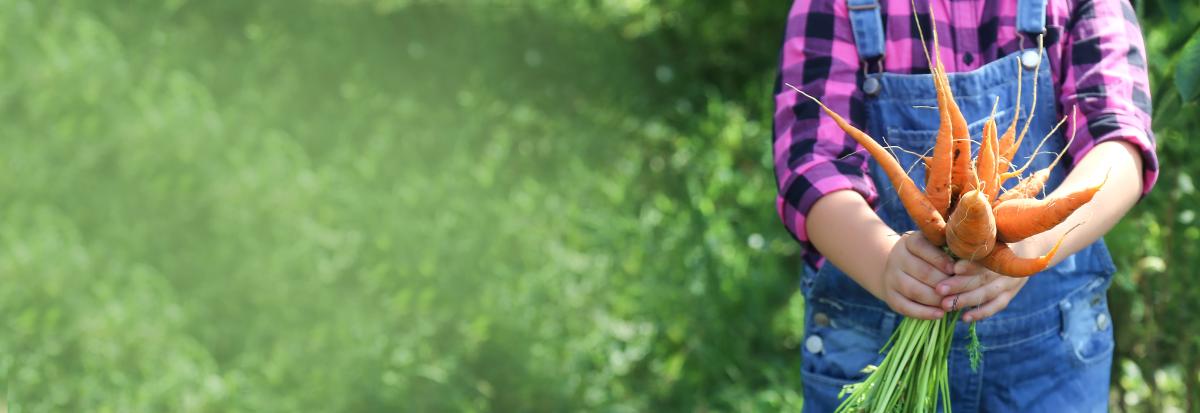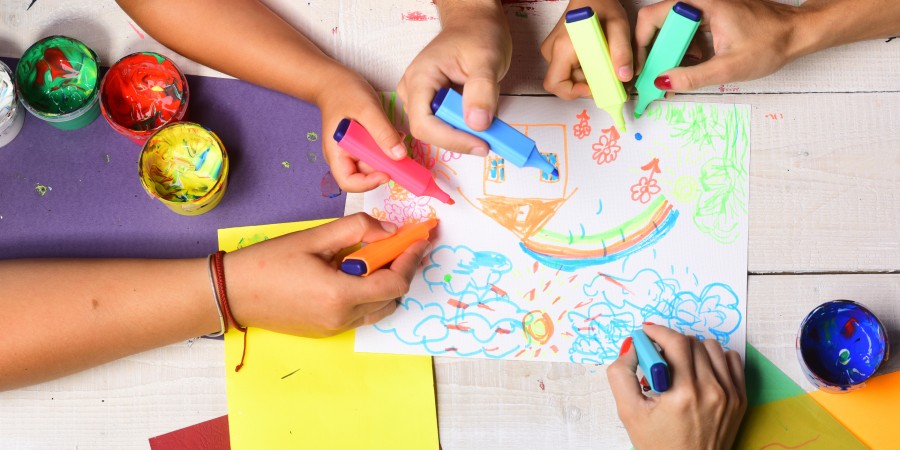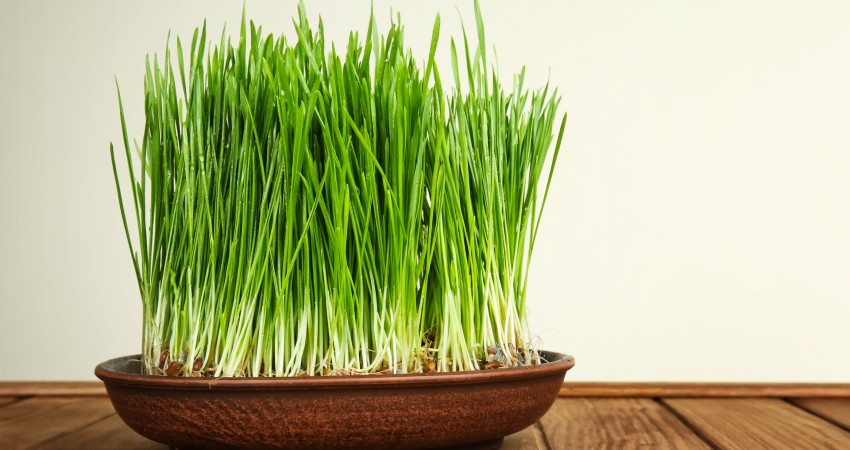Navigating the springtime with vegan learners requires a thoughtful approach that acknowledges both their dietary and their educational needs
This online resource provided by The Vegan Society’s Education Network offers valuable insights and tools for educators to engage with vegan learners effectively. Addressing topics such as the bond between animals and their offspring, this resource encourages educators to explore life cycles in a manner that fosters empathy and respect for all living beings. Furthermore, it provides a curated list of useful equipment and activities, including lesson plans, articles, videos, and seasonal culinary creations, all tailored to support vegan learners. From understanding non-human animal life cycles to celebrating cultural diversity through celebrations like Nowruz, this resource aims to equip educators with the necessary tools to create vegan-inclusive and enriching learning experiences for all learners in springtime.
 The Bond Between Animals and Their Offspring
The Bond Between Animals and Their Offspring
Teaching your learners about animal life cycles, as discussed in the ‘Life Cycles’ section of this guidance, is an important part of the Science National Curriculum. In addition to providing learners with opportunities to learn about the life cycle, without non-human animals being harmed in the process, learners will benefit from developing an understanding of the bond animals have with their offspring, while considering the similarities and differences to the bonds human adults have with their children.
Research and Exploration
Learners could be asked to research which non-human animals are ovoviviparous and which are viviparous, and to explore how the adults raise their young when they are born. This could involve such questions as:
-
Do the offspring remain with their adults, or do they live independently straight away?
-
Do the adults bond with their offspring? If so, how?
Learners could complete a presentation on what they found, fostering a deeper understanding of the bond between all animals and their offspring.
Useful Resources for Learners
The following resources could be useful for learners:
-
Year 5 Lesson Plan: This Year 5 lesson titled Living things and their habitats: Year 5 (Animal life cycles & reproduction)’ from the Young People’s Trust for the Environment (YPTE) provides free learning resources for educators where they encourage young people to learn about the environment and sustainability.
-
Animal Species with Strong Parental Bonds: This Vegan Society article lists eight animal species with strong parent-offspring bonds.
-
Mother’s Day Blog: This The Vegan SocieADty blog demonstrates the many similarities that we share with fellow animals – and strong maternal bonds are no exception.
-
The Beautiful Bond Between Animals and Their Offspring: This article from Wildlife SOS explores how this relationship enables them to survive in nature.
-
Remarkable Animal Moms: The World Wildlife Fund shares stories of five remarkable animal mums.
-
Baby Orangutan Bond: The BBC One video titled Baby Orangutan has strong bond with mum - Animal Super Parents: Episode 1 Preview highlights the bond between baby and adult orangutans.
-
Maternal Instincts in Animals: This BBC article discusses the reason why human mothers tend to cradle their offspring to the left, and highlights how non-human animal mothers do the same, showing how bonding and survival instincts exist across both human and non-human animals.
-
A Bonding Affair: This article from Four Paws International provides useful information on the bonds between three species and their offspring.
-
Animals That Protect Their Families: This A-Z Animal blog offers information on seven animals that bravely protect their families.
Life Cycles
Life cycles are a key part of the Science National Curriculum, and one in which learners are often naturally engaged. It is important that learners are given an honest learning experience and see life cycles in their natural environments.
Using these animal-free resources allows learners to study life cycles in more detail and at a faster rate than would be typical with traditional resources.
Engage learners through:
-
Chick it Out app: Chick It Out™️ App by P.E.A.C.E. Humane (peacehumane.org)
-
Butterfly life cycle video: The Life Cycle of a Butterfly by Science for Kids on YouTube
-
Frog life cycle video: The Llife Cycle of a Frog on Learning Junction’s YouTube channel.
-
Frog and butterfly life cycle models: Life model pack on Amazon
-
Interactive life stages: Life sStages game from stormedapps.co.uk
These activities not only educate about life cycles but also foster empathy and respect for animals in their natural environments.
Chocolate eggs
Chocolate eggs are a relatively new springtime tradition, but in ancient mythology the egg represents creation. Throughout history, the egg has been a powerful symbol of new life and renewal.
In the seventeenth and eighteenth centuries, children were given egg-shaped toys as part of Easter celebrations. Small gifts were hidden inside papier mâché eggs covered with fabric. By the nineteenth century, Victorians shared cardboard eggs filled with chocolates and sweets. The first Easter eggs made entirely out of chocolate were produced by Bristol company J. S. Fry & Sons Ltd in 1873. These original British chocolate Easter eggs were made from plain dark chocolate and filled with sweets.1
Sharing chocolate eggs with children can be a lovely continuation of the symbols of new life and renewal, or whatever Spring festivals you are celebrating. Lots of companies have products which ensure that any eggs provided for learners are suitable for all: vegan, dairy free, halal and kosher. You can find vegan chocolate eggs in all major supermarkets and online. Some to look out for are:
-
Hollow eggs: Moo Free chocolates and hollow eggs can often be found in mainstream supermarkets, including Lidl and Aldi or ordered directly online. They are free from dairy, gluten and soya.
-
Cream eggs: Dark chocolate mini half eggs by Beech’s have a gooey fondant-filled centre, encased in smooth chocolate.
-
ASDA chocolate bunny: ASDA Free From Choc Easter Bunny from ASDA Groceries who say “Have a hoppy Easter!”
Products suitable for vegans aren’t always suitable for people who suffer with allergies so it’s important to know the difference. Vegan labels, which are used to support a dietary choice, do not intentionally contain products of animal origin., However, it is important to note that trace amounts may still be present in food that has been prepared in facilities that also handle egg, milk, fish, crustaceans or molluscs – making them unsuitable for allergy sufferers. Whereas, to use a free-from label, food businesses must follow strict processes to eliminate risks of cross-contamination so that they do not contain any of the allergen that they claim to be free-from. Find out more about this here: Allergen vs Vegan Labelling | The Vegan Society

Seasonal culinary creations
If you have space in your timetable, you can make chocolate nests by melting a bar of vegan chocolate (available in all supermarkets) and mixing with a crumbled vegan cereal like Weetabix, Shreddies or shredded wheat. Spoon the mixture into cupcake liners and make a hollow in the middle to form your nest. After the nest sets, nestle in some of these vegan-friendly, caramel and chocolate mini eggs for the perfect seasonal treat:
Moo Moo Free Caramel Mini Eggs from ASDA Groceries
Chocolate adventures
Easter egg hunts are wonderfully memorable. ASDA have a novelty egg hunt box in their Free From range, or make your own with any vegan chocolate eggs to keep everyone entertained.
If you head out to complete a National Trust Easter trail you can choose a vegan chocolate egg to enjoy while wearing your bunny ears. Easter trails and Easter egg hunts at the National Trust
Enjoy the sugar rush!
Springtime Art
Celebrate springtime in your classroom with these lovely, eco-friendly art and design ideas.
-
Wooden egg decorations: Easter egg mini wooden shapes by Baker Ross. They also have a fantastic selection of Easter art supplies and only use FSC-certified materials for all packaging.
-
Plastic-egg decorations: White, plastic eggs by Baker Ross. These lightweight, white plastic eggs are perfect canvases for young learners to explore their creative side.
-
Crafts: 40+ simple Easter crafts for kids from One Little Project. These craft ideas are simple yet effective. When using wool, please ensure that it is not animal derived.
-
Colouring: Happy Spring colouring page by Twinkl. This colouring page is the perfect support tool for your lessons on the seasons and all things spring. Children will have so much fun bringing the black and white pages to life. It will drum up lots of excitement for the magical season.
 Nowruz
Nowruz
Nowruz, the Persian New Year, unites people of diverse faiths with its core values of unity, peace and harmony, transcending cultural boundaries. Rooted in Zoroastrianism, it is embraced by Muslim, Christian and Jewish people, as well as secular individuals. Nowruz's beauty lies in its inclusivity and ability to bridge cultural gaps.
Aligned with veganism, Nowruz emphasises environmental stewardship and offers delectable vegan dishes like Sabzi Polo and Kookoo Sabzi. This celebration's shared values with veganism make it a unifying force among people of diverse beliefs and dietary preferences.
Teaching about Nowruz promotes cultural diversity and understanding. Engage learners through:
-
Interactive presentations summarising Nowruz's history and significance alongside relatable content.
-
Guest speakers sharing experiences and insights about Nowruz and their cultural background.
-
Art and craft projects, like designing Nowruz-themed banners or greeting cards.
-
Taste testing sessions featuring traditional Nowruz dishes.
-
Comparative studies exploring New Year celebrations across cultures.
-
Research projects delving into the history, symbolism and regional variations of Nowruz.
-
Multimedia presentations showcasing what learners have come to understand about Nowruz.
-
Art examination Nowruz-themed artwork can be used to create an immersive learning experience.
These activities not only educate about Nowruz but also foster cultural awareness, empathy and respect for diversity in the classroom.
To ensure these activities are vegan-friendly, avoid images of non-human animals (typically goldfish) being used as well as non-vegan food items.
 References
References
Daybell, Professor James. 2018. The unexpected history of Easter eggs. University of Plymouth. 28. March. https://www.plymouth.ac.uk/news/pr-opinion/the-unexpected-history-of-easter-eggs.

